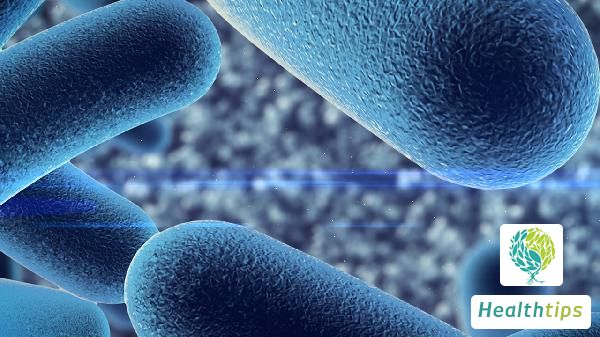"Is Thrombocytopenia Easy to Treat?"
Treatability of Thrombocytopenia
The treatability of thrombocytopenia depends on the underlying cause. If it arises from physiological factors, it is generally easier to manage. However, if it stems from a medical condition, it can be more challenging to treat.

Easy to Treat
1. Physiological Factors: Temporary thrombocytopenia may occur after significant blood loss or strenuous exercise. This is a normal physiological phenomenon that typically does not require special treatment and resolves spontaneously with adequate rest.
Difficult to Treat
1. Medication Effect: Long-term use of anticoagulants or chemotherapy drugs can lead to excessive platelet destruction, causing thrombocytopenia. In such cases, switching to alternative medications under medical guidance may help alleviate symptoms.
2. Immune Thrombocytopenia (ITP): An acquired autoimmune disorder, ITP is characterized by recurrent skin and mucous membrane bleeding, as well as internal bleeding, with intracranial bleeding being a severe complication. Mild cases may be treated with glucocorticoids like Dexamethasone Sodium Phosphate Injection or Prednisone Acetate Tablets. Moderate to severe cases require immunotherapy with medications such as Intravenous Immunoglobulin (IVIG) or Vincristine under medical supervision.
3. Aplastic Anemia: Resulting from bone marrow failure, it manifests as anemia, infections, and bleeding. Treatments include androgens and hematopoietic growth factors to stimulate hematopoietic cell proliferation and differentiation, often supplemented with red blood cell transfusions to correct anemia.
Apart from these common scenarios, thrombocytopenia can also be caused by conditions like leukemia. It is crucial to seek prompt medical attention for accurate diagnosis and targeted therapy under medical guidance.



















